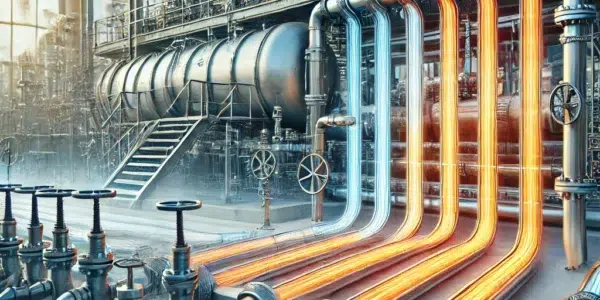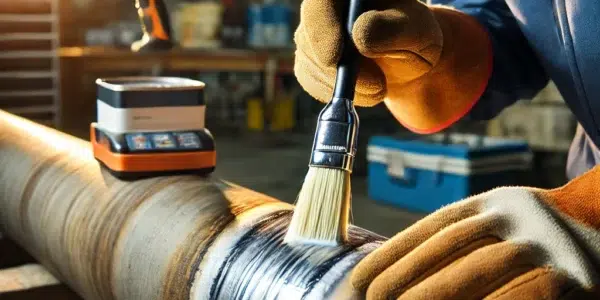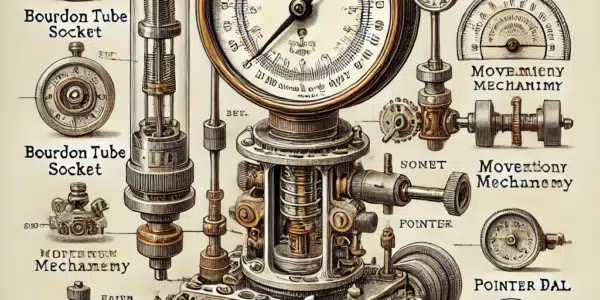Tresca vs. Von Mises: A Technical Exploration in Piping Engineering
Piping systems are the backbone of industrial facilities, from petrochemical plants to power stations. These systems must withstand various stresses and environmental conditions to operate safely and efficiently. Two critical theories dominate the analysis of material failure in piping systems:…
Comprehensive Guide to Weld Inspection Techniques for Piping Engineering Students
Weld inspection is a critical component in the realm of piping engineering, ensuring that welded joints meet the necessary safety, quality, and performance standards. This process, though often overlooked, is vital for preventing failures that could lead to catastrophic accidents,…
Cathodic Protection: A Comprehensive Guide to Corrosion Prevention
Corrosion is a natural but damaging process that can significantly impact the lifespan and integrity of metal structures. From pipelines to bridges, and ships to underground storage tanks, corrosion can lead to catastrophic failures, causing environmental damage, economic losses, and…
The Bourdon Gauge: A Detailed Exploration
The Bourdon gauge is a fundamental instrument in the field of pressure measurement, widely used across various industries due to its reliability, accuracy, and simplicity. Invented by Eugène Bourdon in 1849, this device has withstood the test of time, becoming…
Comprehensive Guide to Pipe Flange Protectors: Ensuring Durability in Industrial Applications
In the realm of industrial applications, maintaining the integrity and longevity of components is paramount. One such critical component is the pipe flange, which connects pipes, valves, pumps, and other equipment, forming a complete piping system. To ensure these connections…
Composite Piping Systems: A Historical and Technical Overview
Composite piping systems have revolutionized many industries by offering advanced materials that provide superior performance compared to traditional metallic pipes. These systems, made from a combination of materials such as fibers and resins, are designed to take advantage of the…
The Evolution and Versatility of Piping Systems
Piping systems are the unsung heroes of modern infrastructure, enabling the transportation of fluids and gases efficiently and safely across various applications. From ancient aqueducts to contemporary industrial networks, piping systems have evolved remarkably, reflecting advancements in engineering, materials science,…
Advancements in High-Pressure Piping Systems: Innovations in Material Science and Stress Analysis Techniques
In the evolving field of engineering, the development of high-pressure piping systems plays a crucial role in a multitude of industrial applications, from oil and gas extraction to chemical processing. The advancements in material science and stress analysis techniques have…
Piping Design for High-Rise Buildings : Everything Important from Challenges to Solutions
Piping or piping design is a technique used in computer science and technology for transmitting data from one process to another, through a pipe. A pipe is a communication mechanism that allows two processes to communicate with each other by…
What is Monel? Properties, Applications, Grades, Advantages, Disadvantages
Monel alloys were first introduced by the International Nickel Company (INCO) in the early 1900s and are named after the company’s president, Ambrose Monell. These alloys are known for their exceptional resistance to corrosion, especially in saltwater, making them a…










